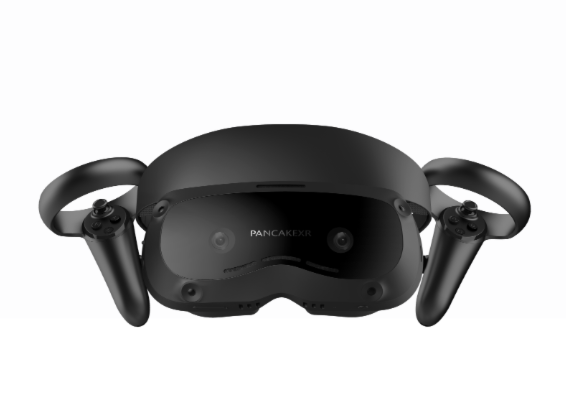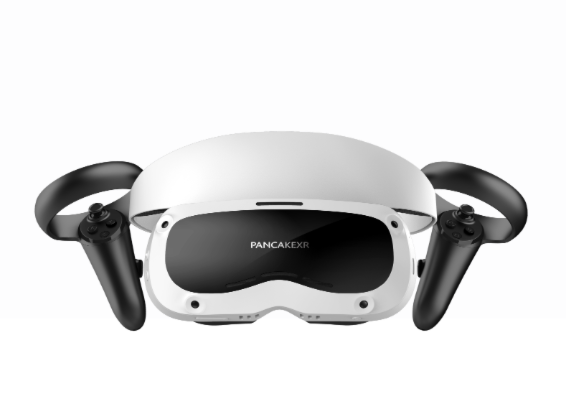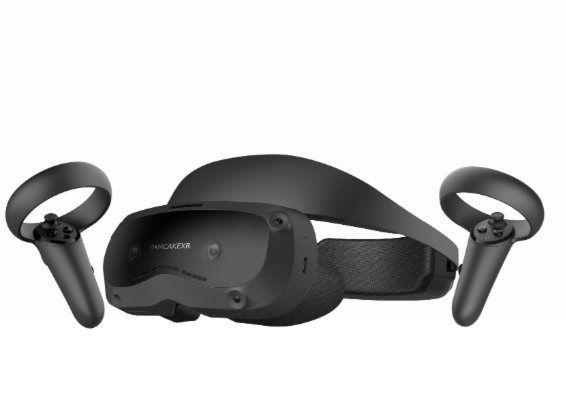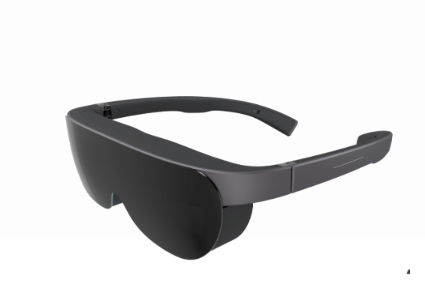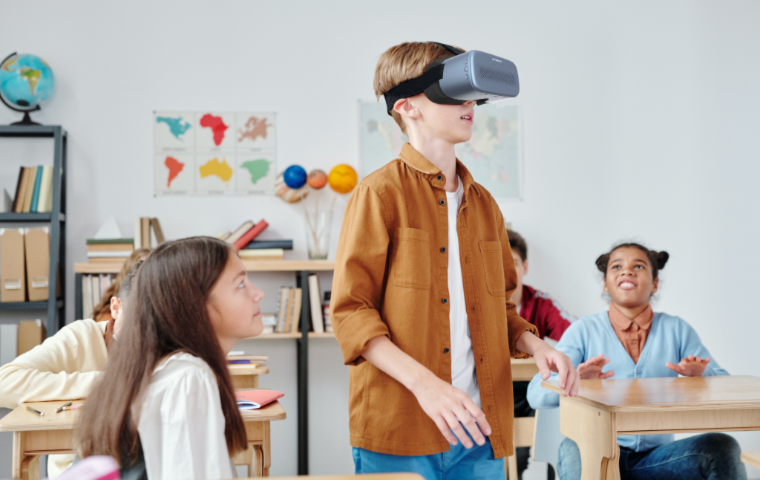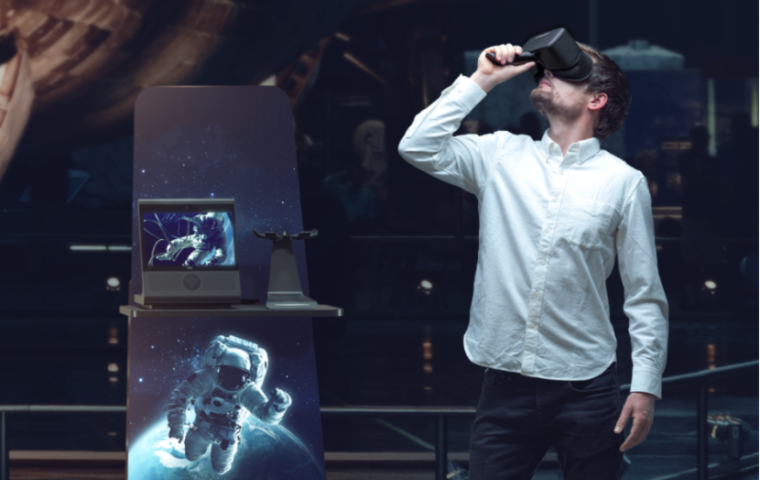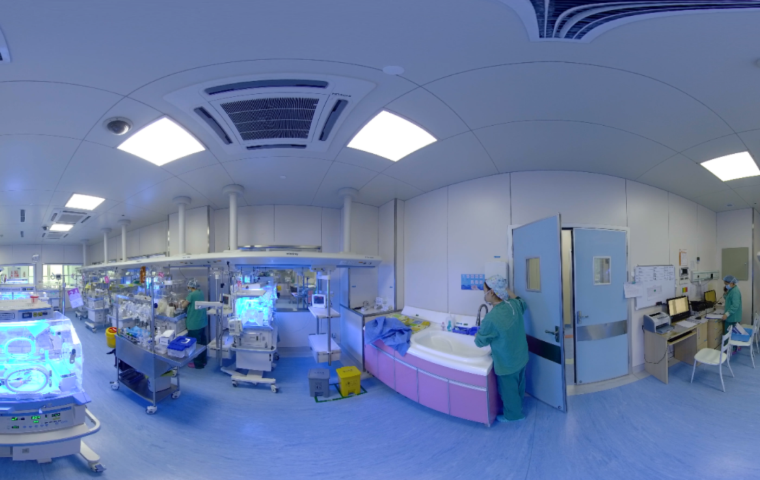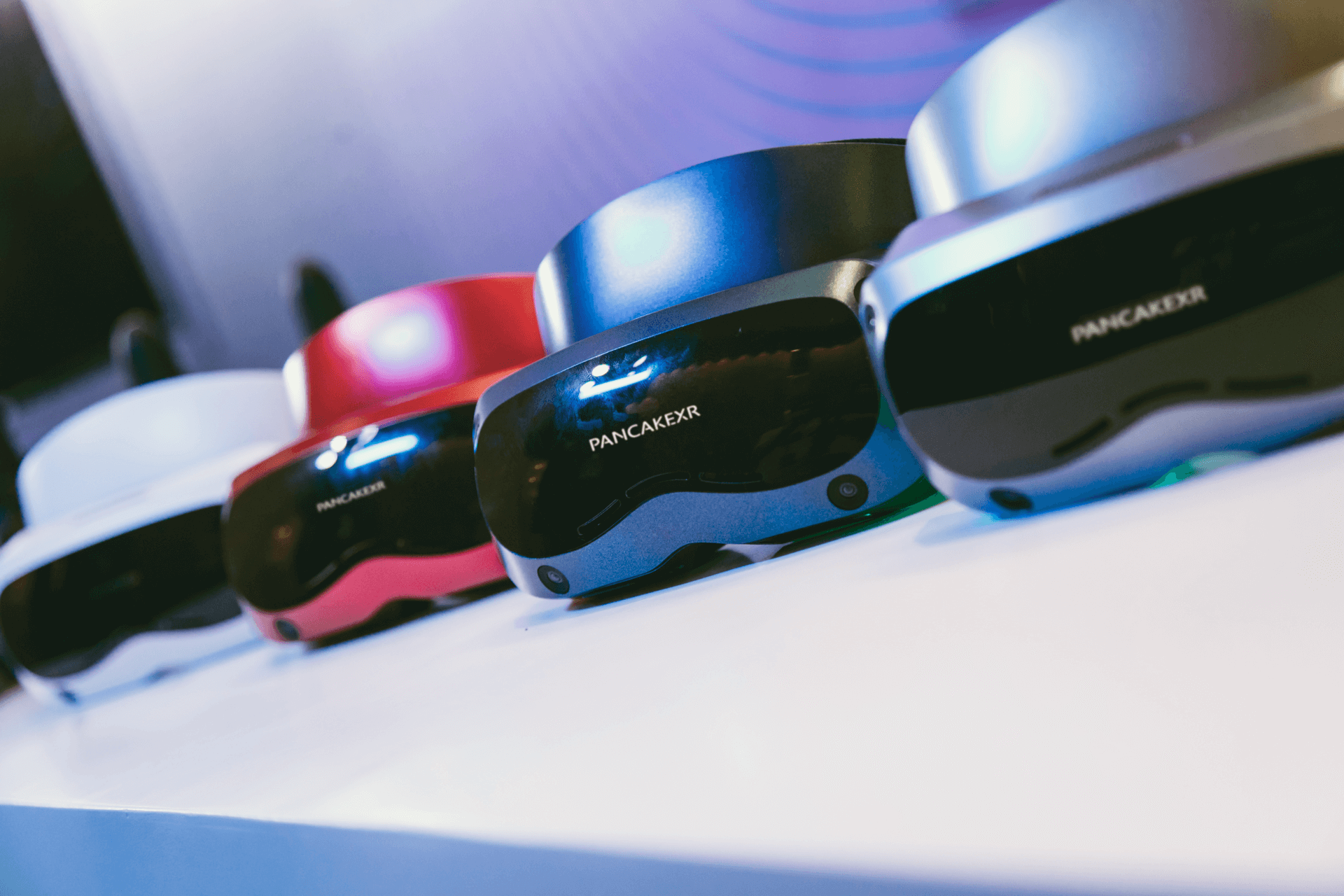VR Training
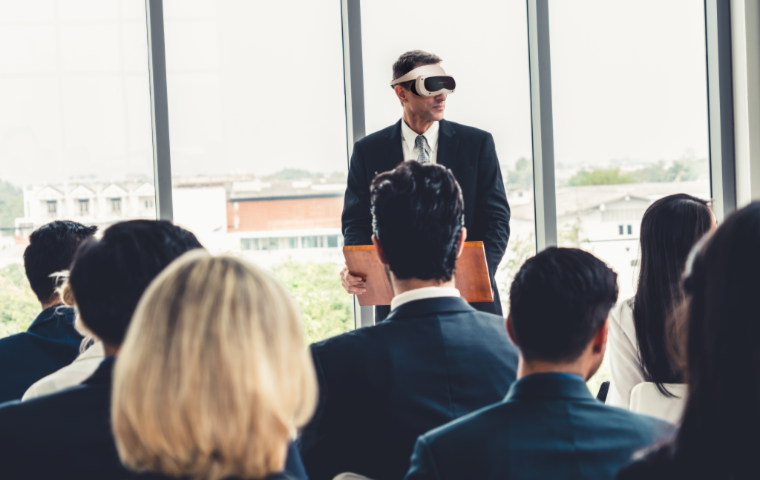
VR training is that it allows individuals to practice and develop their skills in a safe and controlled environment. In high-risk industries such as aviation, fire protection and mining, VR training can help to reduce the risk of accidents and injuries by allowing trainees to practice simulations of dangerous scenarios without putting themselves or others in harm's way. In healthcare, VR training can provide medical practitioners with a safe and realistic environment to practice surgical procedures or learn new techniques.
By providing a realistic and immersive training experience, VR can help learners to better retain information and improve their performance in real-world scenarios. Additionally, VR training can be customized to the specific needs and requirements of the industry or organization, making it a more tailored and effective learning experience. Overall, VR training offers a range of advantages, including increased engagement, safety, cost-effectiveness, scalability, and customization.
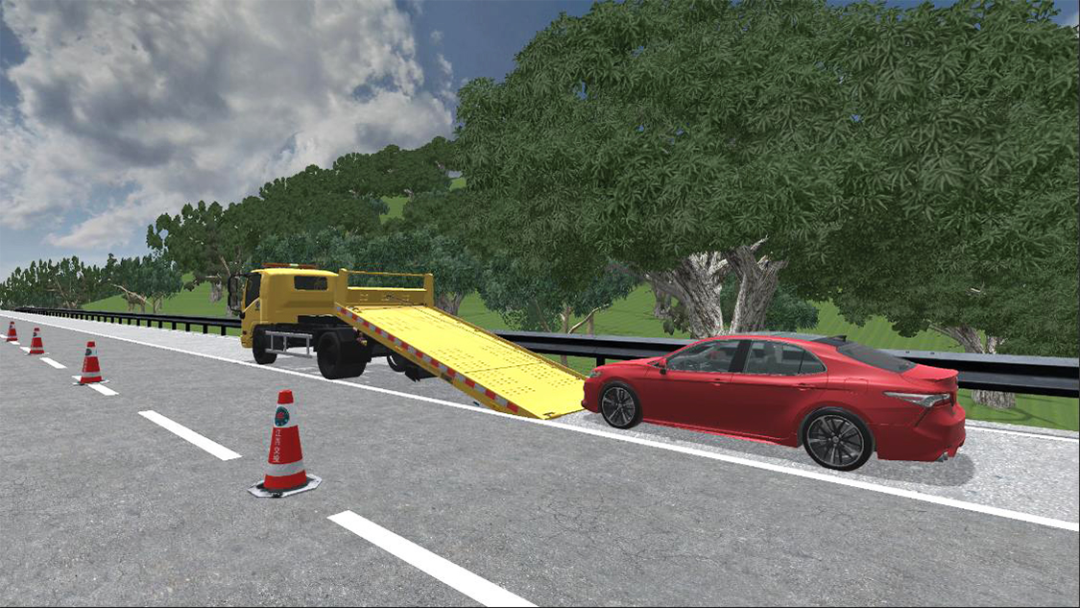 Case:Traffic Training
Case:Traffic Training
Traditional vehicle rescue operations have a single training method and lack of simulation of various scenarios and events. For example, rescue vehicles may catch fire, highway accidents require rescue and other training scenarios that cannot be restored. However, the visualization and immersion of VR technology can simulate and restore various scenes that are difficult to present in reality. It also breaks the irreversible content of traditional training vehicle rescue practice operations, and at the same time reduces the difficulty of organization and saves training costs.
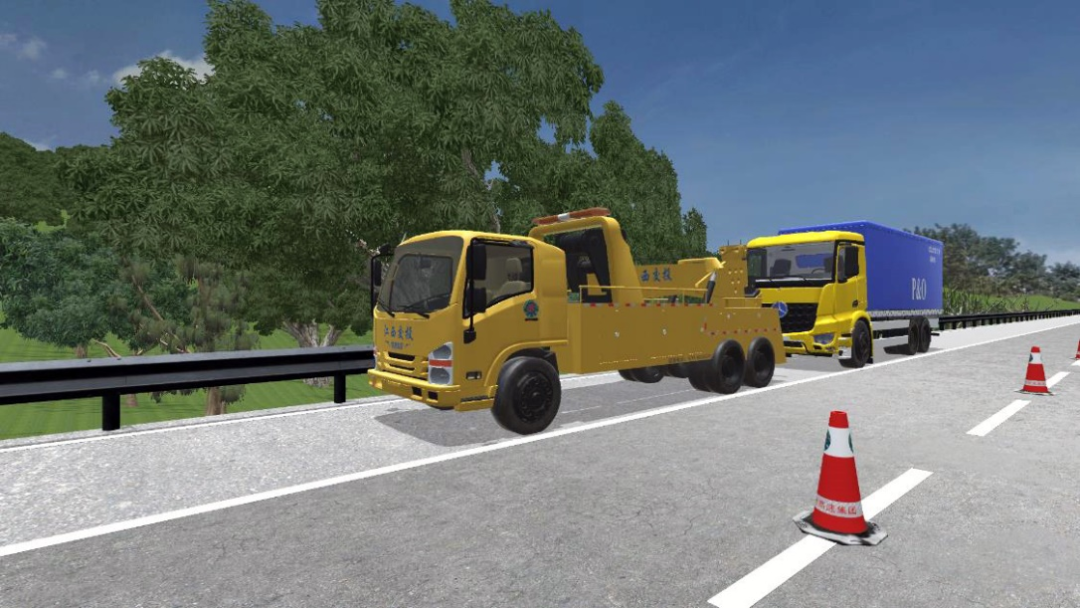
Conducting scene virtual training in VR technology can better protect the life safety of rescuers. The safety of rescuers cannot be fully guaranteed when carrying out operation training on flatbed and towed truck rescue vehicles in bad weather. By wearing VR headsets, trainers can personally observe changes in the surrounding environment and make better judgments.
Recommend

